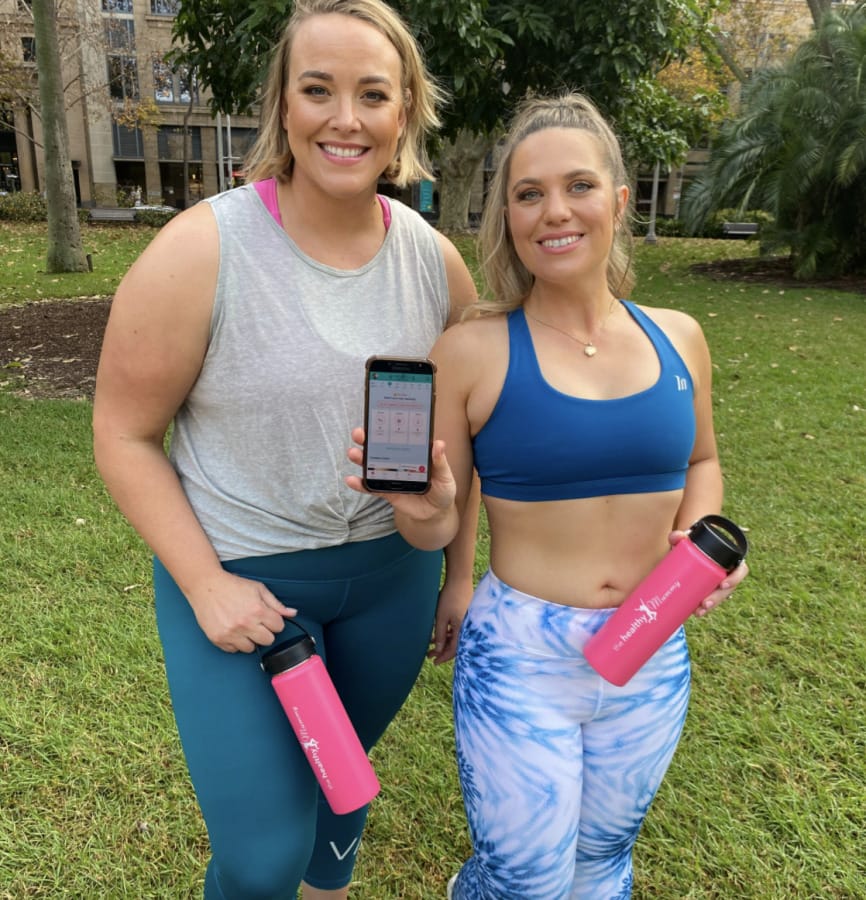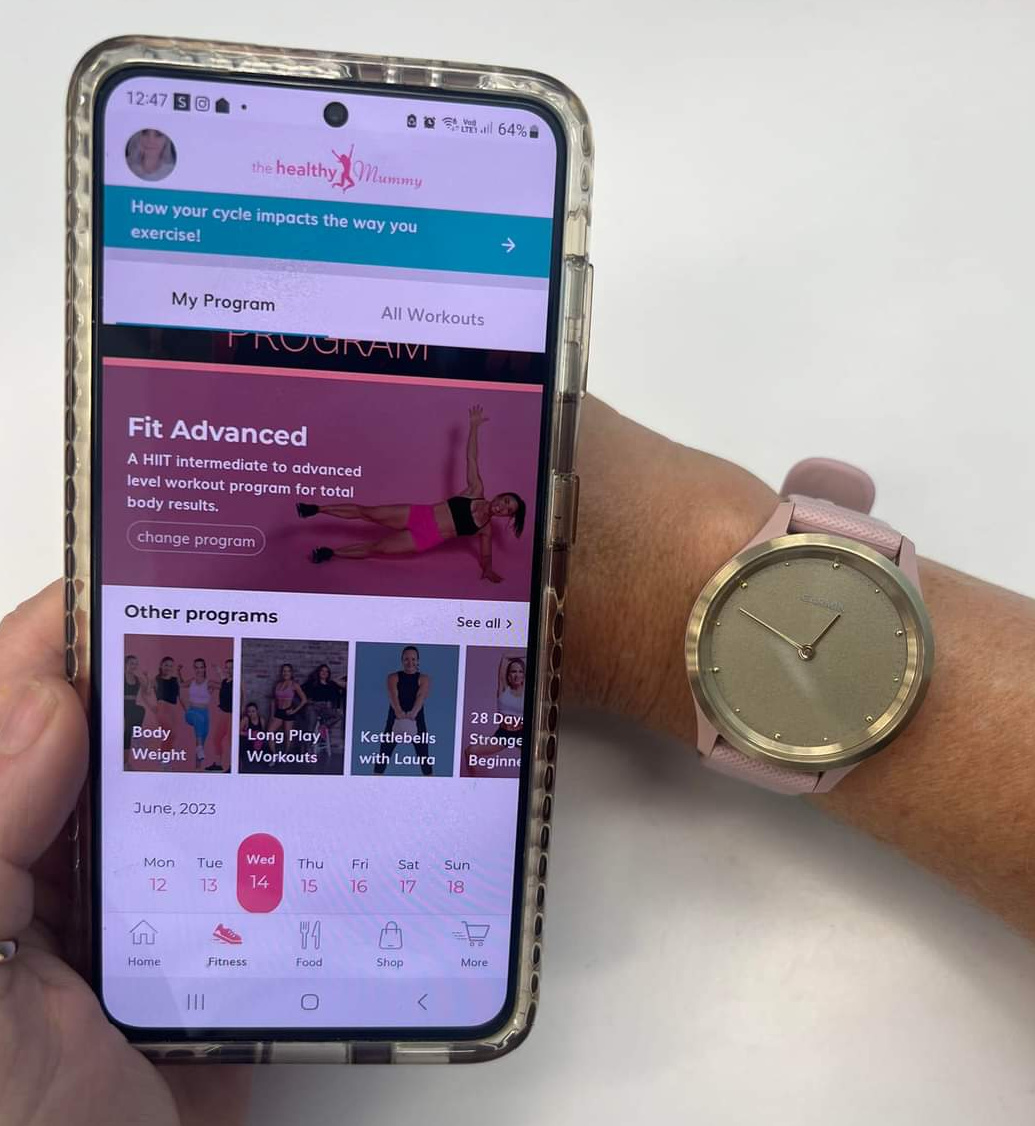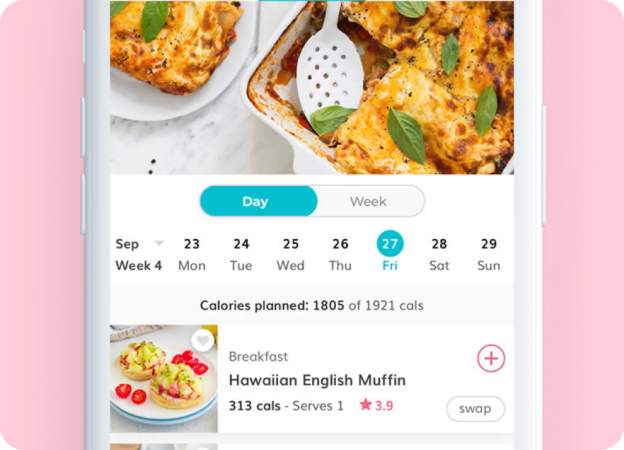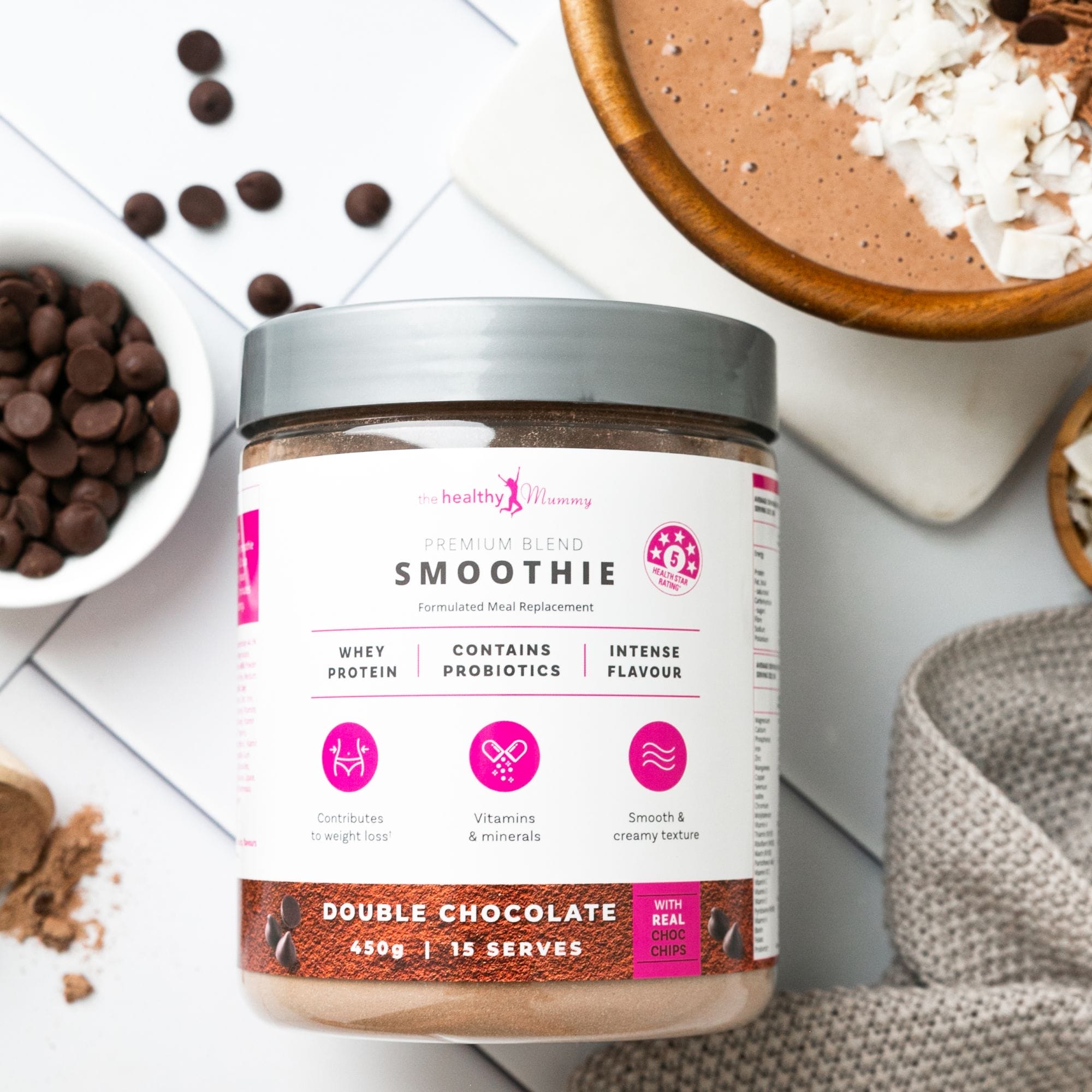Should I be out in the sun this weekend getting my vitamin D? Does wearing sunscreen affect this?
The Australian summer is almost upon us and one of the big questions people ask is whether you should wear sunscreen or if wearing it will affect getting much-needed vitamin D.
It depends where you live.
You may read something like this in some media hype: “In Australia vitamin D deficiency has once again become a paediatric health issue resulting in rickets. The increased deficiency is potentially due to factors such as exclusive and prolonged breastfeeding, veiled breastfeeding mothers and the prevalent sun smart message.”
So what does that mean to everyday Australians? Busy parents like yourselves who are running a household and managing the healthy eating and lifestyle of the whole family?

So firstly what is vitamin D and why do we need it?
There are two sources of Vitamin D. Vitamin D2, which is found in food sources and supplements and vitamin D3 which is synthesized from ultraviolet B light (UVB) in the skin of humans.
We need it because once it becomes active within the body it aids in the absorption of calcium and phosphorous, amongst other actions, and is therefore responsible for general bone health.
If you don’t have enough of it, studies reflect that low serum levels of vitamin D could predispose people to chronic diseases such as diabetes, cancers, multiple sclerosis and cardiovascular disease. Not good.
How do we get our Vitamin D in Australia?
Approximately 90-100% of our requirements are obtained from the sun. This percentage is so high because vitamin D is not naturally plentiful in food. The few natural sources are oily fish such as salmon, mackerel and herring and oils from fish, including cod liver oil. In Australia there is the mandatory fortification of margarine. Have a look at some Healthy Mummy recipes using fish here.
What about the sun smart message in Australia, how does that translate to getting my vitamin D?
For most active people, we receive adequate vitamin D through regular daily activity. During summer, you will obtain enough vitamin D from a few minutes of exposure to sunlight on their face, arms and hands or the equivalent area of skin on either side of the peak UV periods (10am to 3pm).
In winter in the southern parts of Australia, where UV radiation levels are less intense, people may need about two to three hours of sunlight to the face, arms and hands, or equivalent area of skin, spread over a week to maintain adequate vitamin D levels.
Have a look at the coloured map. The green coloured area doesn’t need to apply sunscreen during the day for UV reasons.
In winter in northern parts of Australia, people will continue to maintain adequate vitamin D levels going about their day-to-day activities, so it is not necessary to deliberately seek UV radiation exposure or not wear suncream.
This map is an example of what you can view on the Bureau of Meteorology website which is updated daily. Check to see what their advice is each day for where you live.
Can you store vitamin D for later?
Apparently, you can store enough vitamin D for a period of time so fortunately, if you get enough sun exposure in the summer, your body will make and store enough vitamin D to get you through the winter.
Who is at risk of deficiency?
Some people may not be able to access the sun exposure required to help them maintain their vitamin D levels. These groups may be at risk of vitamin D deficiency. They include:
- Naturally dark-skinned people – who need more UV exposure to produce adequate levels of vitamin D as the pigment in their skin reduces UV penetration
- People who cover their skin for religious or cultural reasons
- The elderly and people who are housebound or in institutional care
- Babies and infants of vitamin D deficient mothers especially breastfed babies
- Patients with osteoporosis.
People in these groups should consult their doctor for advice on whether they need to take a vitamin D supplement.
The Healthy Mummy Smoothie range and vitamin D
So for us Healthy Mummies, especially those which are breastfeeding take note that the new range of Healthy Mummy Smoothie mix has 25% of your Recommended Daily Intake (RDI) of vitamin D per serve. This is fantastic as breastfed babies rely heavily on the vitamin D status of their mother. And if you are drinking 2 serves per day that is 50%! Go Healthy Mummy!










